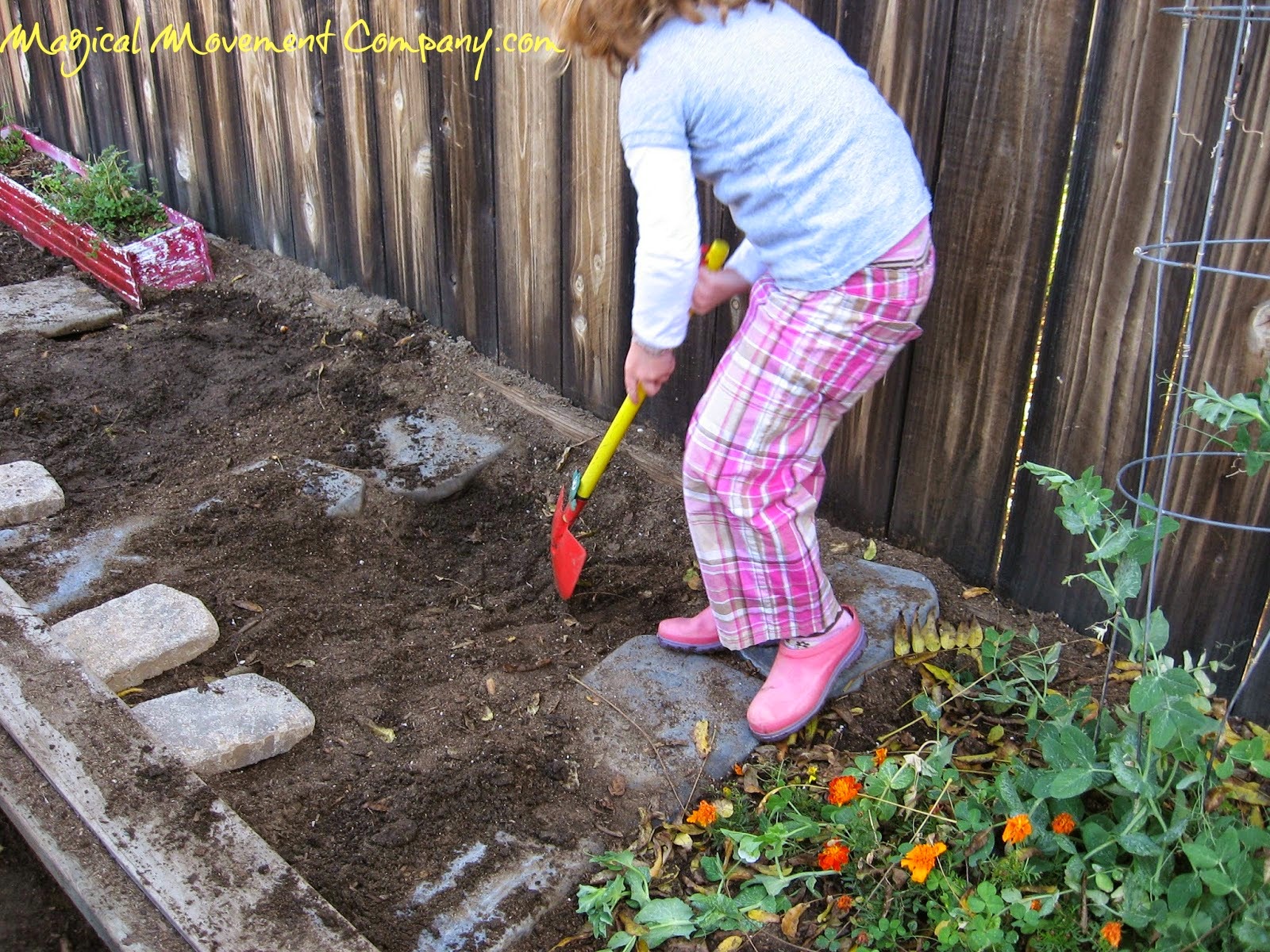LITTLE KIDS, DONKEYS, & THE STRINGS!
Photos from the artists at Big Stock Photo site
Rhythm sticks from Basic Beat found at this link: West Music
The next step...just a few years away!
We started the lesson with focused listening to the stringed instruments of the Orchestra:
(which by the way, is not just for babies by any means.) I think this cd is the best for introducing the instruments of the orchestra because each instrument family is introduced as a group ensemble and then there are short excerpts of the individual instruments.
Next, I show the children photos of musicians playing in the String section of the orchestra. This week, I introduced the violin & the viola and the children got to see my miniatures up close...which is always a big hit! You can read more about miniatures and where to buy them at my blog post here:The Music: Orchestra for little kids
The violin miniature I have is just about the tiniest violin in the world! We decided it was mouse-sized.
We also explored the miniature viola and the children saw that is was a lot like the violin only bigger and lower in pitch.
I couldn't resist introducing more fun music from Carnival of the Animals by Camille Saint-Saens. You can learn more about this music at the link below: http://en.wikipedia.org/wiki/The_Carnival_of_the_Animals
The selection called, "Animals with Long Ears" features the violin sounding like a donkey braying. So, I showed these little ones a photo of a donkey and then invited them to listen to an actual donkey braying on my recording!
That got some giggles, but it also made the violin song much more fun to listen to...
Here's my quirky little video with the donkey & violins that you can watch with your children!
I download lots of classical music from a website that has royalty-free recordings. The site is called Musopen, and here's the link: https://musopen.org
Hope you enjoy this wonderful music!
Advertising Disclosure: Magical Movement Company may be compensated in exchange for featured placement of certain sponsored products and services, or your clicking on links posted on this website. Thanks for your support!




































































